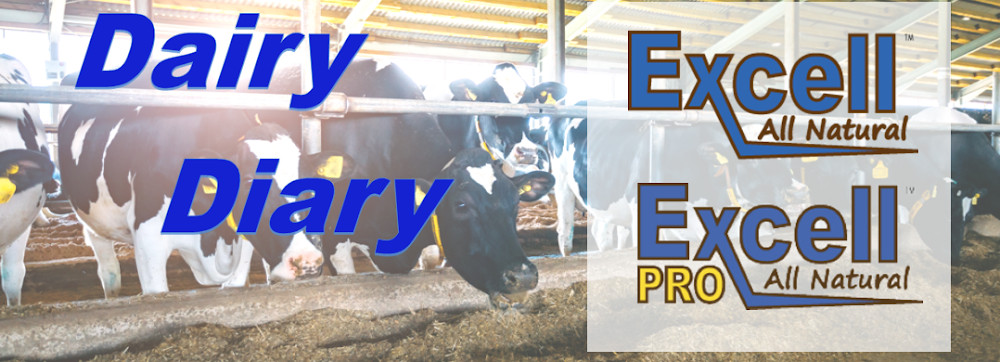MILK:
Class III futures drifted higher in light trading activity. Traders do not believe milk prices will increase anytime soon. Mixed cash prices and limited activity allowed the market to find some support.
The April Federal Order class prices were announced today. The Class II price was $19.22, down $0.90 from March and down $2.01 from April 2024. The Class III price was $17.48. down $1.14 from March, but up $1.98 from a year ago. The Class IV price was $17.92, down $0.29 from March and down $2.19 from April 2024.
The USDA released the March Agricultural Prices report containing the average prices for many commodities. The corn, premium/supreme hay, and the All-milk price are used to calculate the income over feed price used in the Dairy Margin Coverage program. The average corn price was $4.57 per bushel, down $0.01 from February, but up $0.21 from March 2024. The premium/supreme hay price averaged $242.00 per ton in March, down $1.00 from February and down $29.00 per ton from March 2024. The All-milk price was $22.00 per cwt, down $1.60 from February, but up $1.40 from March 2024. The average soybean meal price is not in this report but will be released by the FSA on Thursday morning. That is the missing price needed to determine the income over feed price. Other prices of interest are the alfalfa hay price at $157.00 per ton, up $4.00 per ton from February, but down $28.00 from a year ago. The average soybean price was $10.20, the same as it was in February, but down $1.60 per bushel from March 2024.
AVERAGE CLASS III PRICES:
| 3 Month: | $17.91 |
| 6 Month: | $18.09 |
| 9 Month: | $18.08 |
| 12 Month: | $18.05 |
CHEESE:
Spot prices were mixed as buyers and sellers took care of business as needed. Buyers have little concern over the supply, remaining unaggressive in the market. Sellers continue to offer cheese to the market to move the supply rather than let it build up at the plant level. Spot milk prices remain low, with prices as much as $7.00 below class.
BUTTER:
Buyers took advantage of the price decline to step up more aggressively. Unfortunately, there were not enough sellers to satisfy all of the buyer interest, with eight unfilled bids remaining at the close of spot trading. The aggressive buying interest will be limited due to plentiful butter supplies.
OUTSIDE MARKETS SUMMARY:
July corn closed up 5.25 cents per bushel at $4.7550, July soybeans closed down 8.25 cents at $10.4450 and July soybean meal closed down $.20 per ton at $298.00. July Chicago wheat closed up 5.25 cents at $5.3075. June live cattle closed down $1.80 at $208.40. June crude oil is down $2.19 per barrel at $58.23. The Dow Jones Industrial Average is up 142 points at 40,669, with the NASDAQ down 15 points at 17,446.
















.jpg)





